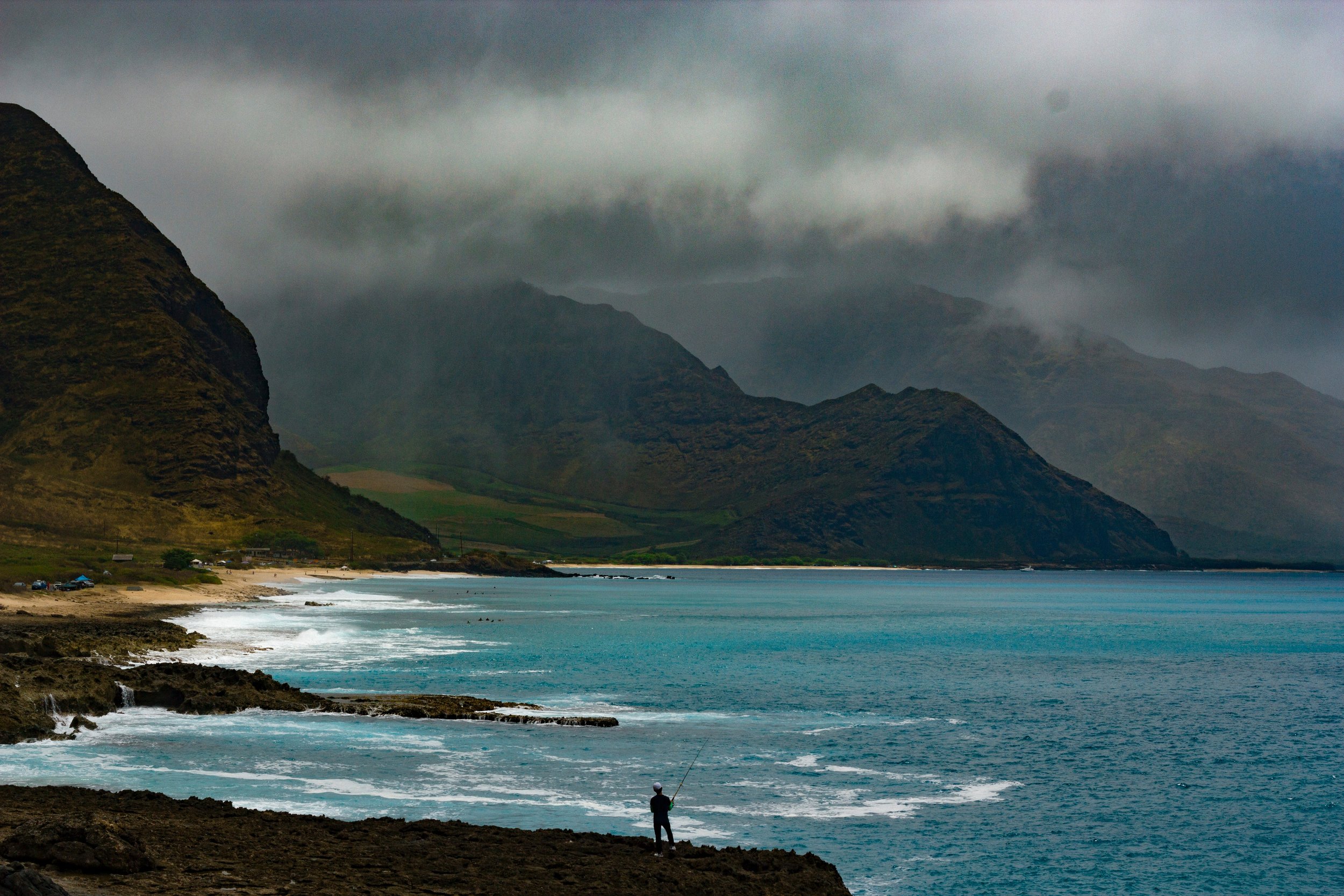Surfing
Hawaii is world famous for powerful waves and high-performance surfing. Every year, the international surf community descends on the North Shore of Oahu to attend the Vans Triple Crown of Surfing, a month long surf contest with three events: The Hawaiian Pro, the Vans World Cup of Surfing and the Billabong Pipe Pro.
Markrich Research has written economic impact studies of surf events in Hawaii for more than 30 years. These events annually attract more than 1,200 surfers and $7 million in spending to Hawaii. Mike Markrich is also the co-author of a forthcoming book about big wave surfers.
Triathlons
All year long, top athletes train for the world’s most grueling triathlon: The Ironman World Championship Triathlon in Kailua-Kona. The grueling, annual event combines a 2.4 mile open ocean swim, a 112 mile cycle, and and a 26.2 mile run. For athletes who compete, it is an opportunity to test their abilities in the toughest conditions, and travel to Hawaii with their friends and family who support them.
In a series of studies, Markrich Research measured the economic impact of the Ironman Triathlon event at a State, Island and local level to help the event organizers communicate their positive effect on the islands. The event attracts more than 20,000 spectators, 5,000 volunteers, and hundreds of athletes, all of whom spend more than $1.4 million in the local, Kailua-Kona economy and $25 million in spending statewide.
Fisheries
Hawaii is endowed with extraordinary natural resources, ranging from agricultural lands to productive fisheries. Fishing in Hawaii is an integral part of the local culture and economy. Through fishing, people connect with the ocean, provide fresh food to stores and restaurants, and earn incomes for themselves.
Mike Markrich has been researching and writing about fisheries in the Pacific throughout his career. His writing has ranged from ocean-focused columns in the local newspaper to economic impact studies of the charter boat fisheries to a history of fisheries management practices in Hawaii.



